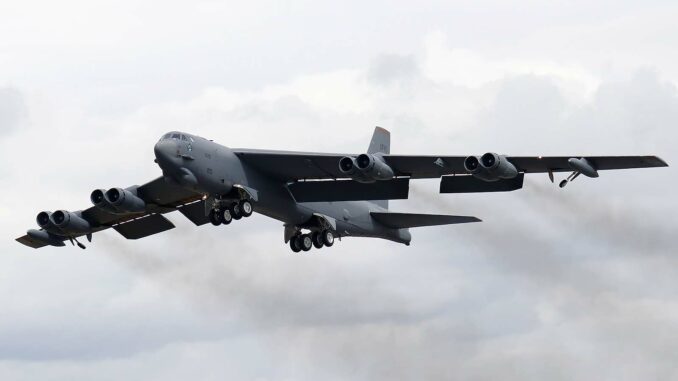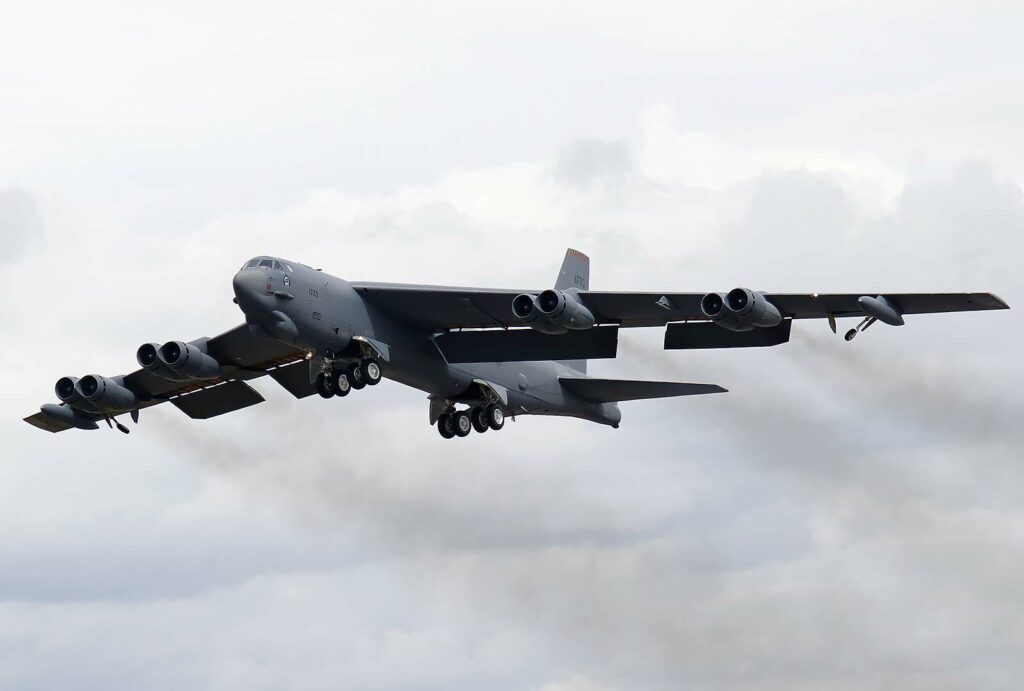
The US Air Force is preparing the return of its ARRW hypersonic missile, a promising step forward despite previous development and testing challenges.
ARRW missile tests resume
The US Air Force is preparing to re-launch its Air Launched Rapid Response (ARRW) hypersonic missile, a move that could be interpreted as an attempt to save or even “resurrect” the weapon. After encountering development and testing challenges, the ARRW program had been temporarily suspended, sparking speculation about the US’s potential lag behind Russia and China in the field of air-launched hypersonic weapons.
Strategic potential of the ARRW missile
Pentagon and US Air Force officials suggest that the ARRW could prove extremely valuable for future air operations concepts. Described as a hypersonic, post-acceleration glide weapon, the ARRW offers fast, accurate long-range strike capability from stand-off distances. “It consists of a solid propellant booster, a protective shroud, and a glider containing a fragmentary payload,” Lt. Gen. Dale R. White told lawmakers, highlighting the unprecedented tactical advantages of precise ground attack at supersonic speeds. The aircraft launching the AGM-183A ARRW hypersonic missile is the B-52 Stratofortress.

ARRW technical advances and challenges
White mentioned that additional prototype tests are forthcoming, which will refine the final assembly and launch a full operational prototype of the missile. The specific lessons learned from the recent ARRW tests, while undisclosed for security reasons, indicate considerable optimism about the weapon’s future prospects. The trials have provided valuable unique data, aimed at improving a range of hypersonic programs.
Complexities of hypersonic flight
Achieving and maintaining hypersonic speed while ensuring missile stability in the face of extreme heat and atmospheric variables is a major challenge. The weapon must withstand the intense heat of hypersonic flight and be configured to maintain stable flight. A laminar air boundary layer is crucial to prevent the weapon from becoming unstable and deviating from its trajectory.
International strategic context
The urgency of ARRW deployment is heightened by China’s advances in the hypersonic field, notably the testing of the YJ-21 naval missile and the deployment of an air-launched variant on its H-6K bomber. This underlines the strategic importance of the successful development and implementation of ARRW in maintaining the balance of power.
The development of the ARRW hypersonic missile by the US Air Force represents a crucial step in strengthening US offensive capabilities in an increasingly competitive global security environment. Despite the technical challenges, ARRW’s potential to change air operations paradigms and respond to emerging threats is significant.
War Wings Daily is an independant magazine.